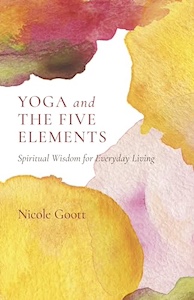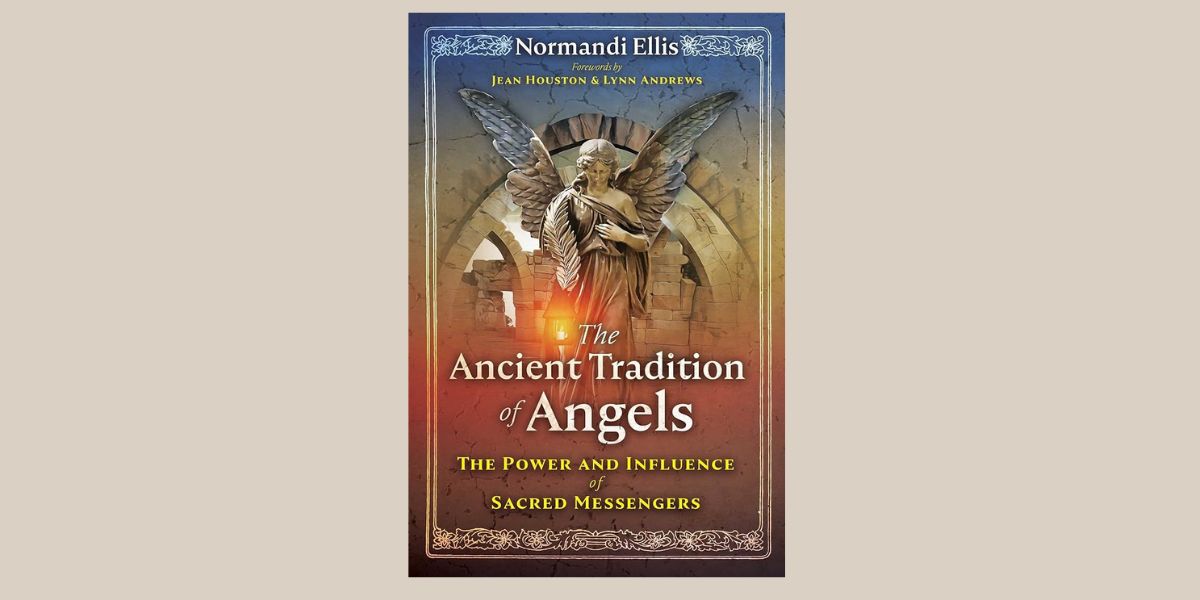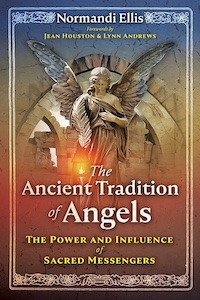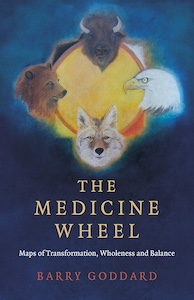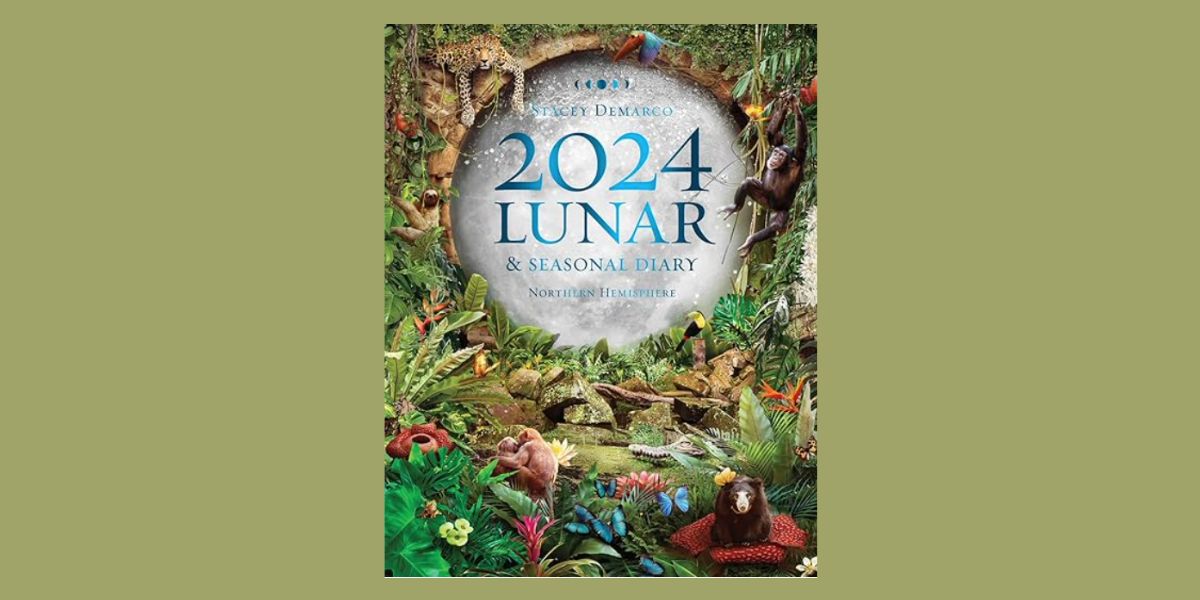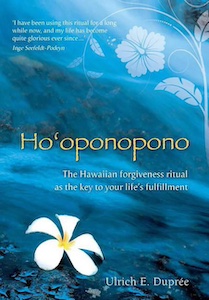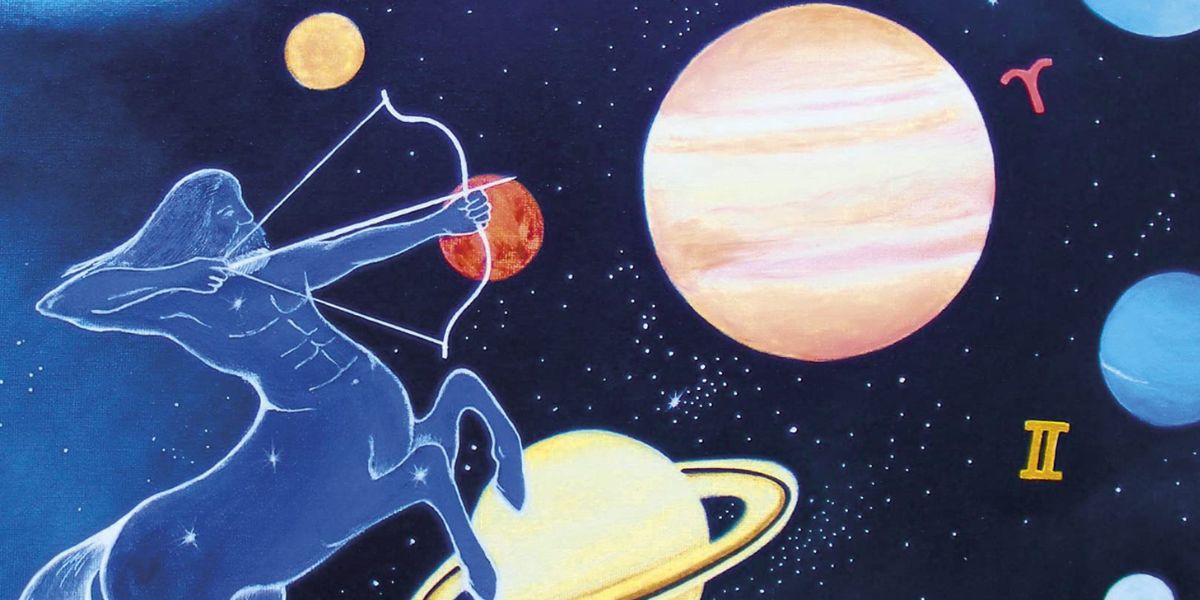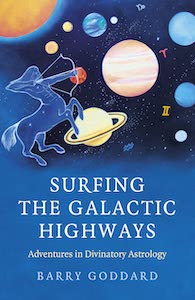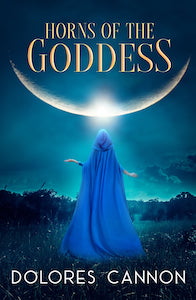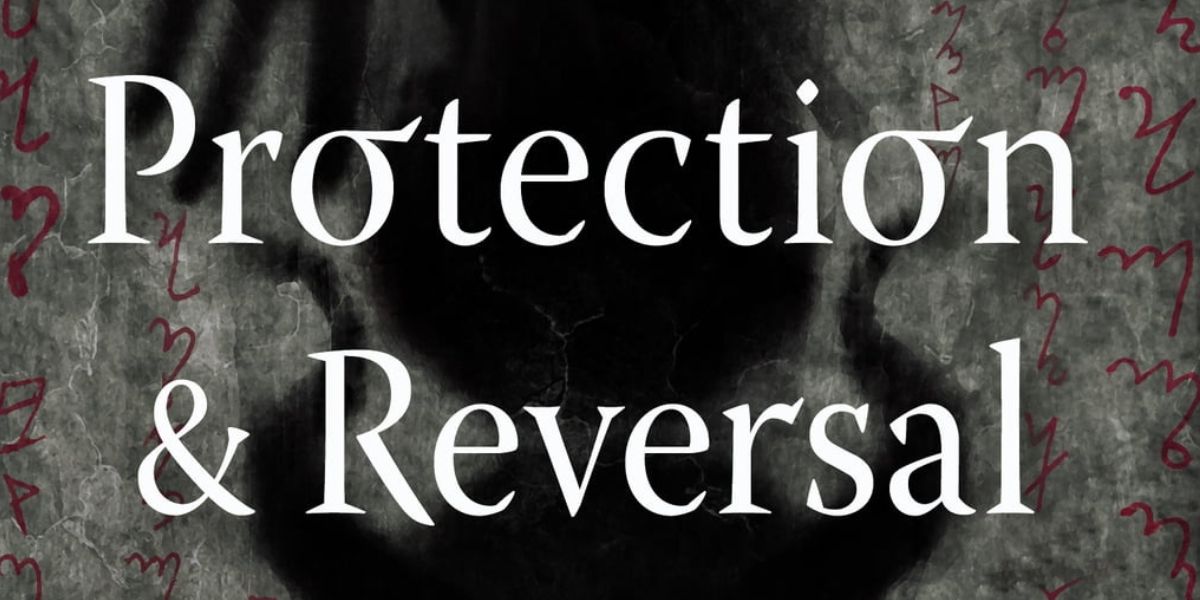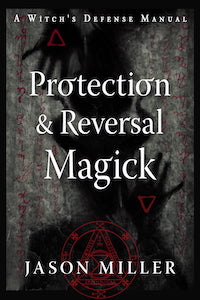
Energy Magick: A Basic and Advanced Guide for Witches & Pagans, by Mark NeCamp Jr.
Moon Books, 978- 1803414546, 264 pages, April 2024
“Energy magick is a way of practicing magick without physical tools by directly manipulating the energy that connects all things, and it is the basis for reality. The aim of this book is to work directly with the sources of magickal and psychic energy with our hands, minds, and will to affect reality directly.”1
Energy Magick: A Basic and Advanced Guide for Witches & Pagans, by Mark NeCamp Jr. is a book that lives up to its title of being both a primer for the novice as well as having enough meat for the more advanced practitioner. It is also specific to witches and pagan semantics and fundamental uses without having to interpret and adapt the more traditional uses in an Eastern practice. The book is organized into three parts and thirteen chapters, plus a “Final Note” and who’s who in the bibliography.
The introduction gives an overview of sourcing used for the contents and the fusion and adapting of Western, New Age, Tibetan, and Mexican Folk Sorcery to name a few. Additionally, NeCamp advises the reader that the only tool of use for these practices is you. The intention is one of the reader recognizing the innate magickal power contained within self. Description of the contents of the organizational style used and a note to the reader of the way in which NeCamp is hoping to connect with readers, making the book feel more like a conversation than lecture.
“Part 1 – Chapter 1: Basic Energy Work” is replete with the core practices that every magickal worker should be familiar with or have mastered. These begin appropriately with grounding, centering, and cycling practices. Each topic has a specific exercise related to its mastery and a variety of cross references and connecting pieces to make it usable at first try. I especially enjoyed the pages in this chapter about cycling your energy:
“Most writings on centering and rounding end there and only refer to the relationship between the practitioner and the Earth. My training in energy healing has taught me that cycling your personal energy is just as important…. When we cycle energy, we are merely paying attention to the dynamic process that is happening all the time. The only difference is that we do it consciously.2
“Chapter 2: Aura and Energetic Bodies” takes the reader through the “tools” of the energetic self that support energetic workings. This chapter gives a thorough overview of the energetic anatomy, common connections, and uses and the traditional as well as hermetic assignments of chakras, subtle bodies, and more. “Chapter 3: Fundamentals of Energy Work” incorporate the basics of the five alchemical elements and their relationship to energy magick. A nice addition to this chapter was an explanation of the four stages of alchemy and their application to manipulating and creating from your energetic magick.
“Chapter 4: Meditation and Trance States” reminds the reader that control over one’s self begins with a calm and well-disciplined space of mind and capacity to focus and pay attention. The contemplative nature of energy work is easily grasped as the reader progresses through exercises of breath, hand positions (mudras) and more. This awakening of a new point of focus flows nicely into the work of “Chapters 5: Sigils” and “Chapter 6: Sacred and Ceremonial Space”. Each of these chapters draws the reader into a space of the visual and its impact as we create sacred symbols and do the work of celebrating our magick. Exercises to practice Banishment by Word or Tone (#41), Energetic Waste Disposal (#44), and energetically Creating the Zodiac Wheel (#46) provide the reader with active tools of self-creation to bolster and enhance the potency of the desired energetic outcome.
“Part 2- Chapter 7: Advanced Energy Healing” provides the reader with lots of food for thought around the practice of energy healing, the ethics of energy work, and the amount of self-knowledge and expertise is required.
“I view energy healing very seriously. Manipulating your own energy is one thing but working with someone else’s energy is a different matter. I think the best metaphor for energy work on another person is to think of it like going into an operating room. Everything needs to be sterile energetically-everything from the space you are in, to your personal energy, to the energy of any tools you may use.”3
I appreciated that NeCamp begins with this admonition that serves as a reminder that although the energy work may be well-intended, care, caution, and ethics are foremost in the equation of energy healing. He offers examples of the steps/protocols he engages to prepare his personal energy and the why’s behind:
“1. Meditation
2. Purification
3. Condense aura
4. Put on an energetic suit of armor to protect”4
All sound and necessary strategies and none of which should be skipped. Several energetic healing modalities are addressed in this chapter including chakra healing, sound healing, psychic surgery, distance healing, boosting the energetic immune system, and physical healing.
“Chapters 8: Cord Cutting” and “Chapter 9: Advanced Protection Magick” expand on the foundations of energy healing and offer the specifics of some of the more challenging forms of energetic dis-ease. This emphasizes the need for regular maintenance of self and energetic streams and what can encroach upon them and cause damage throughout the subtle as well as physical bodies. “Chapter 9: Advanced Protection Magick” builds on previous practices offered in creating shields and expands the basics to more complex constructs of shielding practice. Advanced warding constructs, portals, banishings, and thoughtforms are woven into the pages of training, their uses, and the how-to.
I particularly enjoyed “Chapter 10: Trance Journeying”. This section was filled with practical ways to move beyond meditation/contemplation and arrive in a more active state of engagement of time, place, and intention. A discussion of consciousness and its development and the application of awareness of where the journeying is intended to have a destination serves as fertile ground for experimentation and exploration.
“One should have a purpose to their journeying, even if that purpose is exploration.”5
A caveat being the reminder given that even if journeying for the purpose of exploring, safety measures should be set in place such as purification and protection, and having set in place a “map”, which NeCamp describes as “a means to travel and a purpose”6. Exercise #71 is focused on finding “guides” to aid as protectors as you journey and perhaps open doorways that you would not otherwise have access to. Having been appropriately prepared, the remainder of this chapter offers exercises and explanation of journeying to the underworld, the astral realm, using the root chakra as destination and an interesting end practice of shape shifting.
“Chapters 11: Evocation and Invocation” and “Chapter 12: Spellwork and Ritual” bring all that has been considered previously into practical application and enhancements that may be used to deepen the energetic experience. Methods of attracting and bringing the energetic signatures of Deity and other magickal forms are suggested as well as the purposes and uses of each. Differentiation between how much of that Deity may be called or embodies are shown in examples, along with the energetic requirements of the individual serving as a conduit. Then NeCamp breaks down how power-filled spellwork can become when infused with the equation of energetic magick that is applied and directed appropriately and effectively. Additionally, the Anatomy of a Ritual drives home the need for intention and planning as well as skill and adeptness in energetic flow.
NeCamp integrates everything provided from the basics to the more advanced uses in “Part III: The Energy Magick Grimoire”. Although it may seem to occupy only a small portion of the book, readers will take from it the degree of understanding that has been carefully tried and tested that is only accomplished in the disciplined approach of allowing new (or old) information to settle in with an approach of patience. This may not have been the intent of NeCamp, but I feel it is a key take-away from this title, and something that is often overlooked in our “hurry to get there” approach to the study of magick.
These pages are filled with ways to use your new found skills. Healing, love, self-empowerment, shadow work, and spiritual evolution are just a few of the topics with accompanying exercises and magickal workings to employ. Each of these draw from some specific component within the book–sigils, cord cutting, warding, and more–and in many cases represent a layered approach since no action/energy is enacted alone.
Would I Recommend?
Energy Magick: A Basic and Advanced Guide for Witches & Pagans is a timely read in providing information that is relevant to every magickal practitioner as we expose ourselves more and more to the chaos of the world. Relying on our innate tools to manage our energetic state of being as well as being able to effectively harness and direct that flow towards the desired goal, is paramount to maintaining healthy boundaries, protection and awareness of our impact on our surroundings, and its impact on us. To this end, there are several very user-friendly styles employed throughout the book. One of these is a summary header for each chapter and its contents. This is a very nice touch in organizing the flow and mental patterns created in doing energy work. Additionally there are 81+ exercises and multiple suggestions of experimentation throughout the chapters, allowing for an active participation in the teachings and opportunities to experience firsthand.
Although the tendency for those readers more familiar with the basics of energy may be to skip ahead to “Part 2: Advanced Energy Work”, I would advise not to. Going back to and strengthening your foundational knowledge is never wasted. Moreover, what often comes to light is that you may not know everything there is to know, or your general understanding of that topic has evolved and changed in scope. I heeded this wisdom long ago, when as a professional ballet dancer, I was eager to go to the more basic classes and refine what I was already adept at. This paid off so that when I stepped onto the stage, heard the first notes of music, and took a breath, movement, energy, and time flowed into one seamless expression of what those notes were expressing. I will be keeping this on my bookshelf as both a resource and reminder that we have all that we need to work powerful magick and change the course of our evolution.
About the Author: Mark NeCamp, Jr.
Mark NeCamp, Jr. is a tarot reader, healer, writer, teacher, spiritual alchemist, modern day practitioner, and forever student of the Art. He teaches classes using magic as a tool for personal growth. He is passionate about how, through the alchemical process, we can turn our spiritual lead into gold as individuals and as a global tribe. He has led many community groups in the Midwest and taught at major Pagan events and festivals around the US and Canada. He lives in Muskegon, MI. Soul School, an online educational community offering classes in personal empowerment, ancestral connection, self-initiation, and ritual practice.

Robin Fennelly is an Elder within the Assembly of the Sacred Wheel Tradition [www.sacredwheel.org]. She is a dancer, teacher, astrologer, author, ritualist and seeker of all things of a spiritual nature. Her writings and classes incorporate a deep understanding of Eastern practice and Western Hermetics and bring a unique perspective towards integration and synthesis of the Divine and Mundane natures of our being. She is a mother of five and lives in Eastern PA with her husband of 45+ years.


